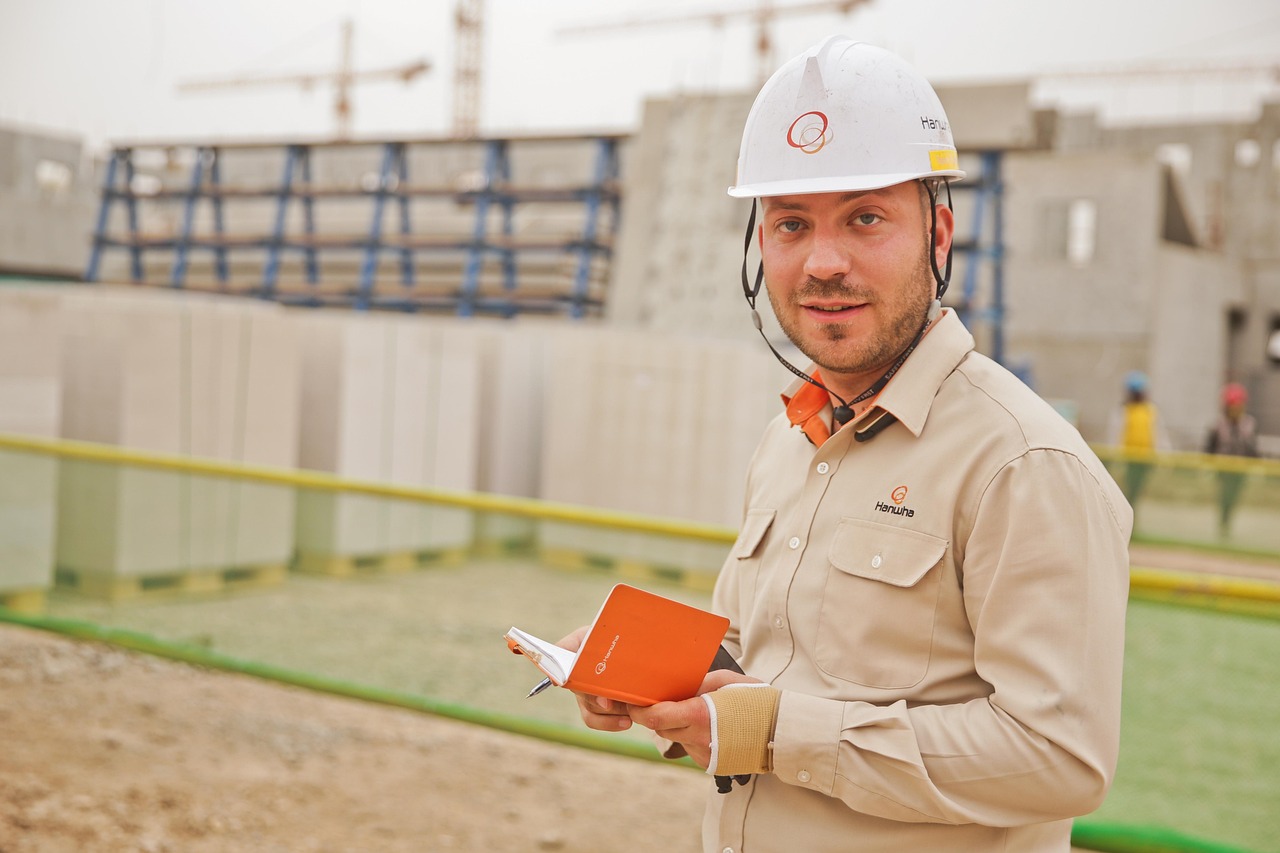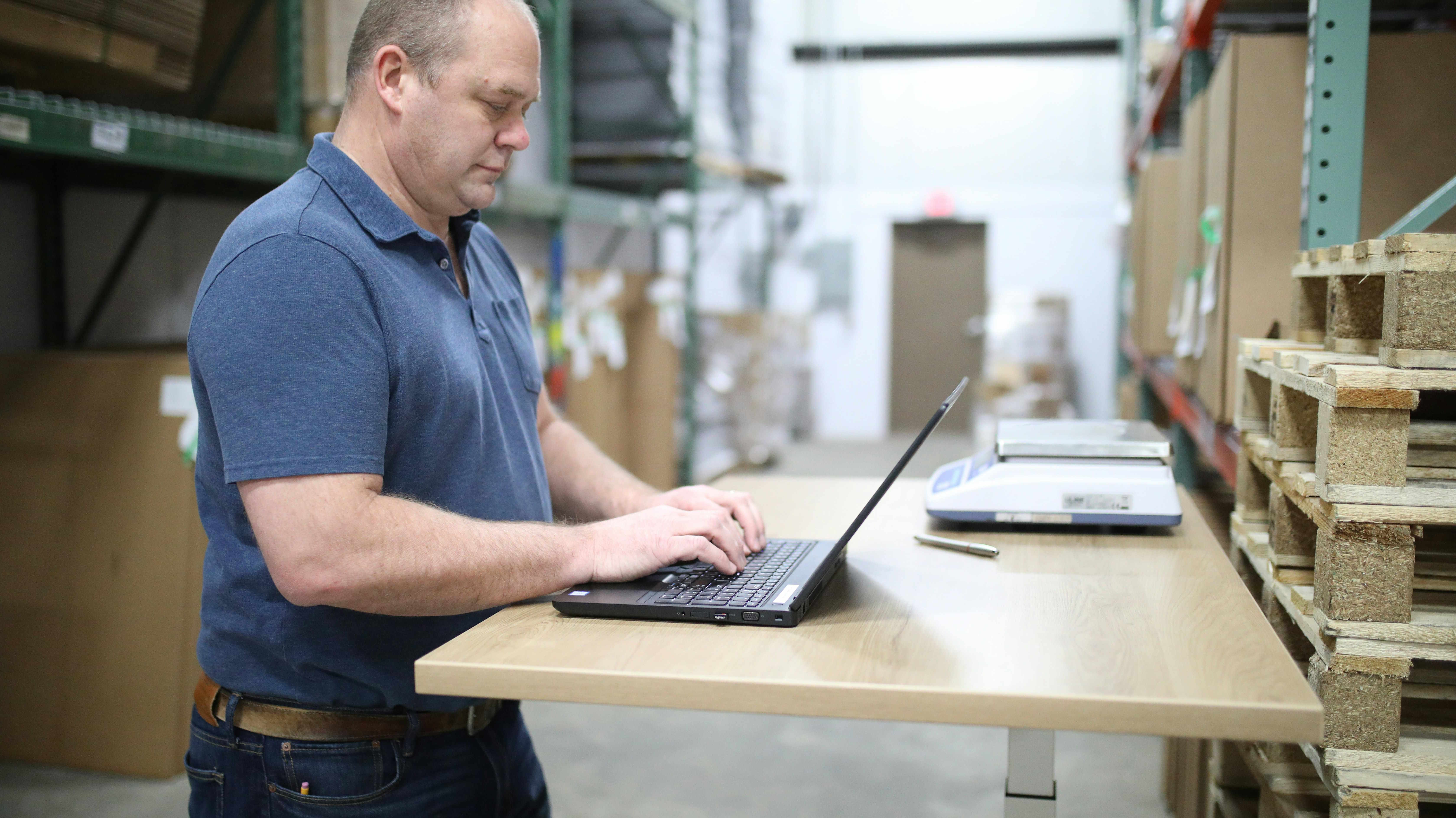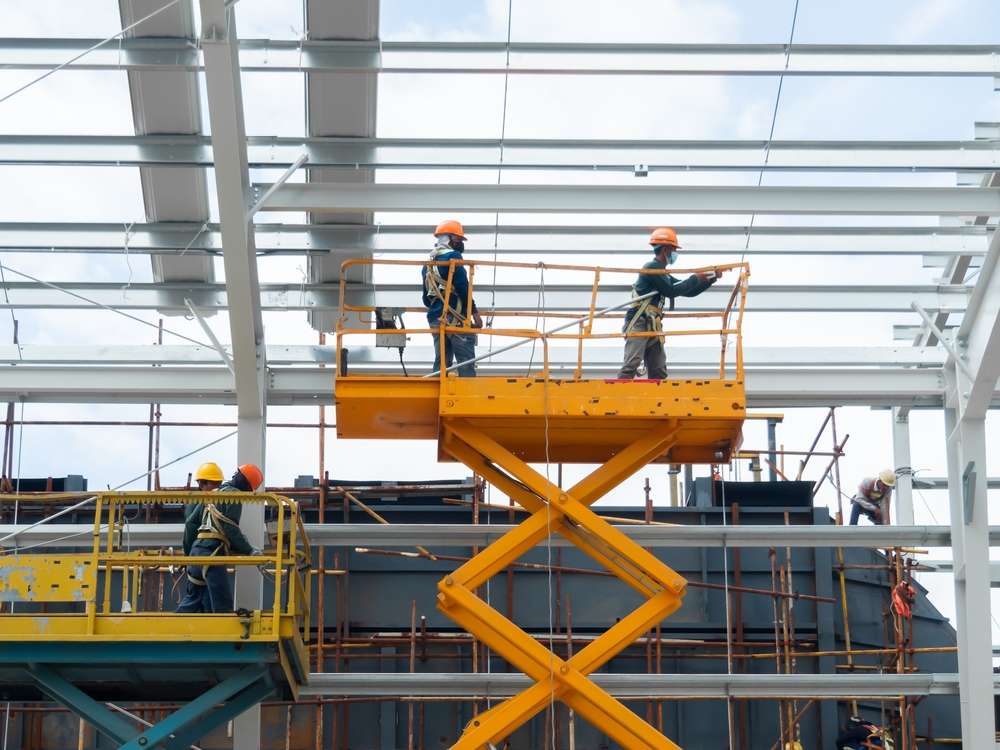Construction in Japan – Work Practices, Training Systems and Site Organization (2025)
Construction in Japan follows structured methods that emphasize safety, accuracy, and teamwork. The field combines manual skill, technical knowledge, and strict site coordination. Many individuals begin through training or support roles, gaining experience in equipment handling, materials management, and project documentation within well-organized teams.

Japan’s construction industry stands as a model of organizational efficiency and safety excellence, built upon decades of refined practices and systematic approaches to workforce development. The sector employs millions of workers across diverse specializations, from traditional building techniques to cutting-edge infrastructure projects that define modern Japan.
Main Categories of Construction Work and Site Duties
Construction work in Japan encompasses several distinct categories, each with specialized roles and responsibilities. General construction involves residential and commercial building projects, where workers focus on structural assembly, finishing work, and systems installation. Civil engineering projects include road construction, bridge building, and urban infrastructure development, requiring expertise in heavy machinery operation and large-scale coordination.
Site duties are clearly defined through hierarchical structures. Skilled craftsmen handle specialized tasks like carpentry, electrical work, and plumbing, while general laborers support material handling, site preparation, and cleanup activities. Supervisory roles oversee daily operations, ensuring adherence to schedules and quality standards. Each worker receives specific assignments based on their certification level and experience, creating efficient workflow patterns that maximize productivity while maintaining safety protocols.
How Project Supervision and Teamwork Ensure Safety
Project supervision in Japanese construction follows rigorous protocols designed to prevent accidents and maintain high safety standards. Site supervisors conduct daily safety briefings, known as “radio taiso” exercises, which combine physical warm-ups with safety reminders and weather condition updates. These sessions reinforce safety consciousness and team unity before work begins.
Teamwork structures emphasize collective responsibility for safety outcomes. Workers participate in “KY” (Kiken Yochi) activities, where teams identify potential hazards and develop prevention strategies collaboratively. Regular safety patrols involve multiple team members checking equipment, work areas, and compliance with safety procedures. This distributed approach ensures that safety monitoring occurs continuously throughout the workday, rather than relying solely on supervisory oversight.
Communication systems facilitate rapid response to safety concerns. Workers use standardized hand signals and verbal commands to coordinate activities, particularly around heavy equipment operations. Emergency response procedures are practiced regularly, with clear evacuation routes and assembly points established for each site.
Entry-Level Training and Workplace Adaptation for New Workers
New workers entering Japan’s construction industry undergo comprehensive training programs that combine classroom instruction with hands-on experience. Initial training covers fundamental safety principles, basic construction techniques, and workplace etiquette specific to Japanese construction culture. This foundation period typically lasts several weeks, depending on the worker’s background and intended specialization.
Workplace adaptation involves mentorship systems where experienced workers guide newcomers through daily routines and site-specific procedures. New employees learn proper tool usage, material handling techniques, and quality control standards through direct observation and supervised practice. Language training may be included for foreign workers, focusing on construction-specific terminology and safety commands.
Certification pathways provide clear advancement opportunities. Workers can pursue specialized licenses in areas such as crane operation, welding, or electrical installation. These credentials require both theoretical knowledge and practical skill demonstrations, ensuring that certified workers meet industry standards for their respective specializations.
Equipment Handling and Quality Control Procedures on Sites
Equipment handling protocols emphasize preventive maintenance and operator competency. Daily equipment inspections check hydraulic systems, safety devices, and operational controls before use. Operators must possess valid licenses for specific machinery types, with regular recertification requirements to maintain authorization.
Quality control procedures integrate multiple checkpoints throughout construction processes. Material inspections verify compliance with specifications before installation. Work progress reviews assess dimensional accuracy, structural integrity, and finish quality at predetermined stages. Documentation requirements ensure traceability of materials, work procedures, and inspection results.
Technology integration enhances both equipment operation and quality monitoring. GPS systems guide excavation equipment with precision accuracy. Digital measurement tools provide real-time quality data. Mobile applications facilitate inspection reporting and progress tracking, creating comprehensive records of construction activities.
Continuous Learning and Technical Growth in the Construction Field
Professional development in Japan’s construction industry emphasizes lifelong learning and skill enhancement. Companies invest in regular training programs that introduce new techniques, materials, and safety innovations. Workers attend seminars, workshops, and technical conferences to stay current with industry developments.
Career advancement pathways encourage specialization and leadership development. Experienced workers can transition into supervisory roles, quality control positions, or technical specialist functions. Some pursue additional education in construction management, engineering, or safety coordination to expand their career opportunities.
Industry associations provide resources for continuing education and professional networking. These organizations offer certification programs, technical publications, and forums for sharing best practices across different companies and project types. Participation in these activities demonstrates commitment to professional growth and industry contribution.
Technological adaptation requires ongoing learning as construction methods evolve. Workers receive training on new equipment, software applications, and construction techniques as they are introduced to project sites. This continuous adaptation ensures that the workforce remains capable of implementing innovative approaches while maintaining established quality and safety standards.
Japan’s construction industry continues to evolve through systematic approaches to workforce development, safety management, and quality control. These practices create work environments where individual growth aligns with collective project success, establishing benchmarks for construction excellence that influence practices worldwide.




